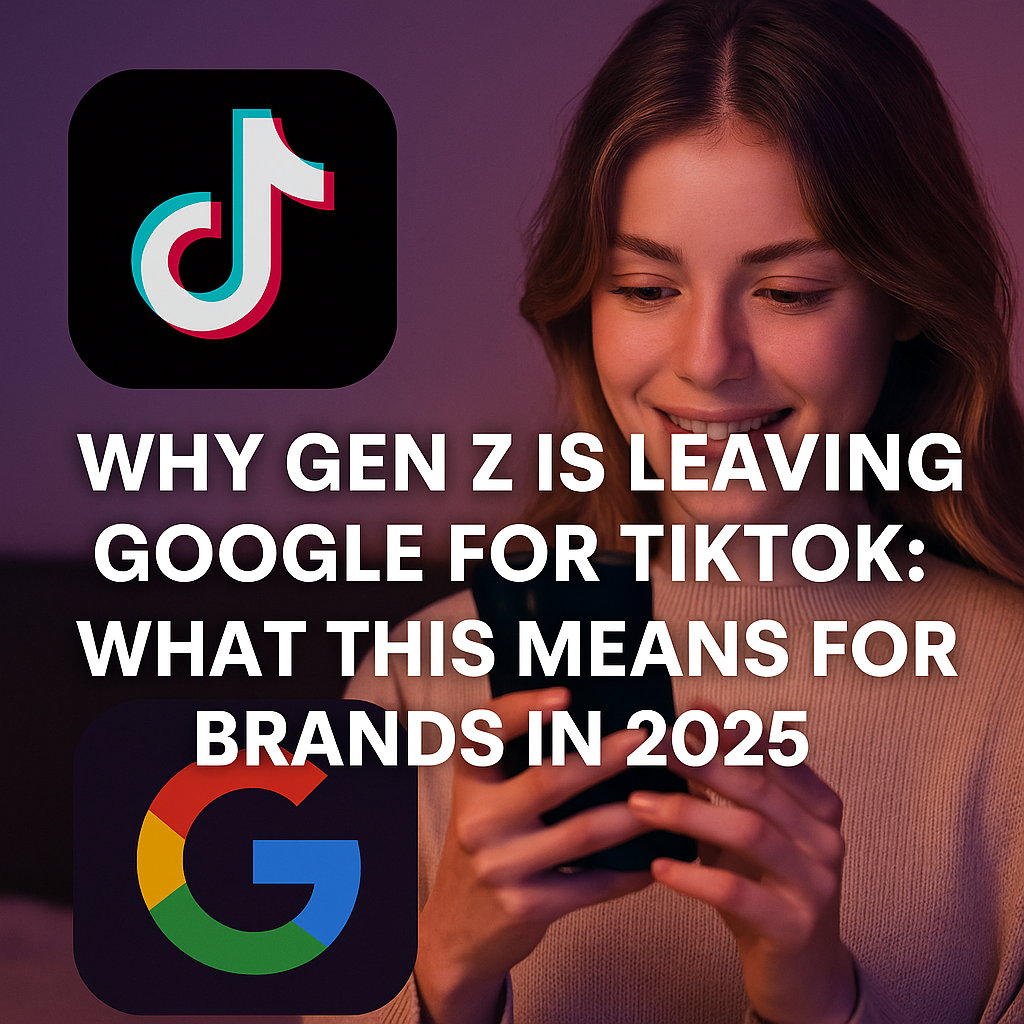 What difference should it make to founders whether their company does an IPO or gets acquired for the same price?
What difference should it make to founders whether their company does an IPO or gets acquired for the same price?
In general, it should matter, because in most cases anyone that holds common stock or options on common stock will see a significantly greater realized value under an IPO scenario than they will see if the company is acquired at the same price.
Don’t believe that? You’re not alone.
I’ve found that it takes several minutes to walk seasoned CFOs of venture backed companies and venture capital funds through the different mechanics of how IPOs are priced versus how acquisitions are priced. In the simplest sense it relates to how VCs count shares versus how underwriters count shares and also how fees, debt and unvested options are treated by different parties. The best way to get the point across, perhaps, is to take a look at the table below which shows Liquid Scenarios system generated estimates of per share proceeds available to Lance Armstrong, Goldman Sachs, Enom investors, Tyra Banks and the founders of Demand Media if the company does an IPO “valued” at $1.5 billion versus being acquired for “$1.5 billion.”
|
|
IPO@ $1.5B |
M&A @ $1.5B |
M&A @ $2.4B |
|
Founders |
$12/Sh. |
$7.95/Sh. |
$12.02/Sh. |
|
Lance Armstrong |
$12/Sh. |
$7.95/Sh. |
$12.02/Sh. |
|
Tyra Banks |
$12/Sh. |
$7.95/Sh. |
$12.02/Sh. |
|
Enom Investors |
$12/Sh. |
$8.28/Sh. |
$12.34/Sh. |
|
Goldman Sachs |
$12/Sh. |
$9.44/Sh. |
$13.49/Sh. |
Source: SEC Filings Via Liquid Scenarios Search2Model
An IPO that “values the company” at around $1.5 billion should be priced at around $12 per share. That means that the warrants with an exercise price of $6.00 per share held by Lance Armstrong and Trya Banks could realize $6.00 per share in profit if exercised. On the other hand, if the company were acquired for $1.5 billion, those same warrants would probably result in less than $7.95 per share in proceeds to the common stock holders.
This means the IPO scenario, at the same “value” would be worth nearly three times as much profit ($6.00 of profit in an IPO scenario at around $1.5 billion in value versus $1.95 profit in an acquisition “valued” at $1.5 billion, $6.00/$1.95 = 3.08X) to Lance Armstrong and Tyra Banks. The same applies to the founders and employees of the Demand Media, to varying degrees depending on their option exercise prices or restricted stock grant prices.
So, for instance, Demand Media founders Richard Rosenblatt and Shawn Colo could see cash gains of 794,900% (yes, that’s 7,950X the nominal/par issue price of $0.001) on their originally issued restricted stock under an acquisition scenario versus paper gains of 12,000X (or 1,199,900% if you’d prefer the gain as a percent of the purchase price) on those same shares under an IPO scenario.
As simple as that sounds, there are of course a number of reasons why the IPO payout is better and it’s not simply a function of liquidation preferences. The series of articles (five of them) that will follow attempt to give founders, employees and investors in high-growth companies an overview of some of the reasons why a successful IPO is generally worth a lot more to common stockholders and optionees than an acquisition at the same “value.”
Lance Armstrong Image Source: Wikipedia


















